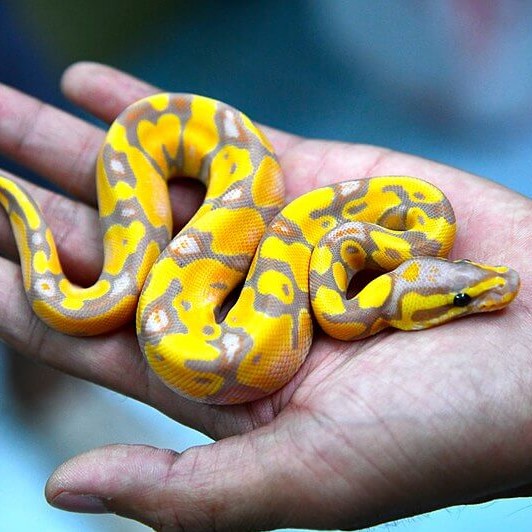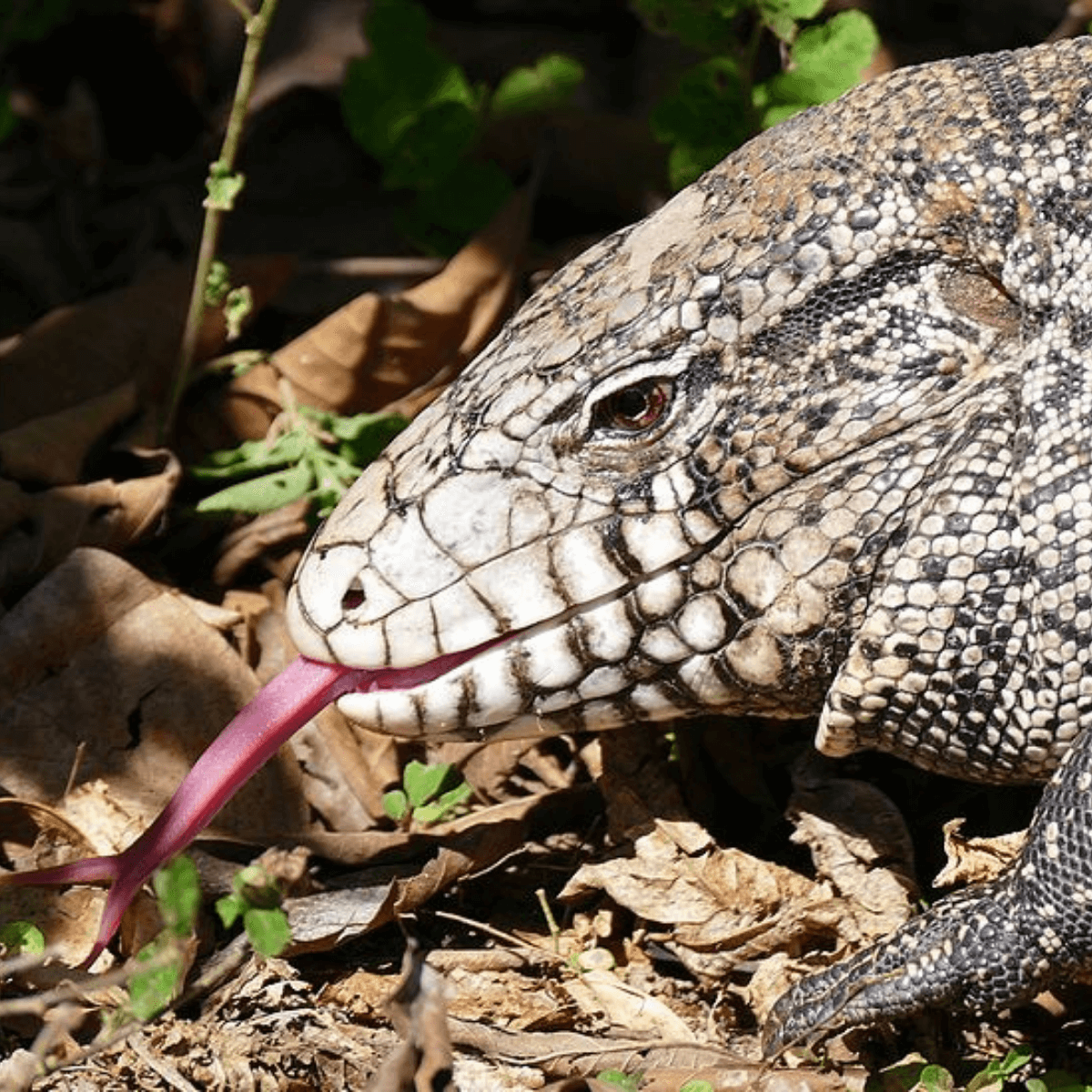Hi, I’m Oliver.
I’m a Data Scientist and Scientific Researcher with many interests and skills. Learn more about my research interests and publications. See my blog for coding tutorials and visualizations.
Thanks for taking the time to view my website 😀. Please contact me with any questions or comments.
Ph.D. in Ecology & Evolution ∙ Rutgers University ∙ 2018
B.S. in Environmental Science ∙ Rutgers University ∙ 2014
Certificate in Environmental Geomatics (GIS) ∙ Rutgers University ∙ 2014
Blog
Add your (R) plots and maps to Wikipedia!

There are plenty of opportunities to submit new (R) plots to Wikipedia. Let’s do it!
Read moreSetting up PostgreSQL and PostGIS to Run Spatial Queries in R [SQL Database Tutorial]

In this tutorial I will show how to set up PostgreSQL with PostGIS to run spatial queries in R. I cover installation of PostgresSQL, creating schemas, saving data to tables, connecting from R, and running spatial queries.
Read moreGlobal Deforestation Rates [Data Visualization]

Interactive map of of global deforestation rates using Leaflet and R.
Read moreResearch Publications
Drivers of the Australian native pet trade: The role of species traits, socioeconomic attributes and regulatory systems

Understanding what drives the pet trade can help anticipate conservation, biosecurity, and welfare risks. We used South Australia’s native wildlife permit reporting system as a data-rich example of a live vertebrate pet market. We used piecewise structural equation modelling (SEM) to test the influence of 11 a priori variables relating to pets (e.g., species traits), pet owners (e.g., socioeconomic metrics), and regulatory systems (e.g., permit requirements) on the quantities of bird and reptile captive keeping, breeding, trading, and escapes into the wild. We found that species traits are a strong determinant of pet trade dynamics, yet permit systems also play a key role in de-incentivising undesirable trade practices. While our research highlights the potential of trade regulatory systems, we recommend that consistent permit category criteria are established to reduce trade in threatened species, as well as alien species of high biosecurity risk.
Read moreResponse to the Department of Agriculture, Water and the Environment's 'Proposed amendments to the Appendices of CITES for Australian Native Reptiles'

We independently verify that the 13 proposed genera by the Department should be listed to Appendix III of CITES. Further, we recommend the Department consider an additional 21 genera, that face identical threats to the proposed genera, for Appendix III.
Read moreChallenges and perspectives on tackling illegal or unsustainable wildlife trade

Illegal or unsustainable wildlife trade (IUWT) currently presents one of the most high-profile conservation challenges. There is no “one-size-fits-all” strategy, and a variety of disciplines and actors are needed for any counteractive approach to work effectively. Here, we detail common challenges faced when tackling IUWT, and we describe some available tools and technologies to curb and track IUWT (e.g. bans, quotas, protected areas, certification, captive-breeding and propagation, education and awareness). We discuss gaps to be filled in regulation, enforcement, engagement and knowledge about wildlife trade, and propose practical solutions to regulate and curb IUWT, paving the road for immediate action.
Read moreResearch Themes
Wildlife Trade

Millions of animals, plants, and wildlife products are moved across the global every year. This trade of wildlife presents serious conservation and biosecurity threats. Removing plants and animals from their natural habitat can endanger populations with extinction. Also, moving plants and animals can result in spread of diseases and produce new invasive species. My research seeks to understand the dynamics of the wildlife trade of live animals, in particular the conservation threats and invasive species risks.
Read moreThe Internet

The Internet is a vast source of data on the wildlife trade. Data collected from the Internet can inform conservation, biosecurity, and law enforcement efforts. Yet, collecting data from the Internet has been an underutilized approach. I created a working guide for using the Internet to quantify wildlife trade. This guide outlines how to find relevant websites and methods to collect data.
Read moreBiological Invasions & Biosecurity

Invasive species cause ecological, economic damage, and can even endanger human health. Biological Invasions are compartmentalized into discrete stages. My research focuses on the earliest stages of biological invasions: transport, introduction, and establishment. In particular, I explore the consequences of the wildlife trade as a source of new invasive species. I seek to answer questions such as: what makes certain species more common in the trade? Why are certain species of exotic pets released into the environment over others? In addition, I explore theoretical underpinnings of non-native establishments.
Read more